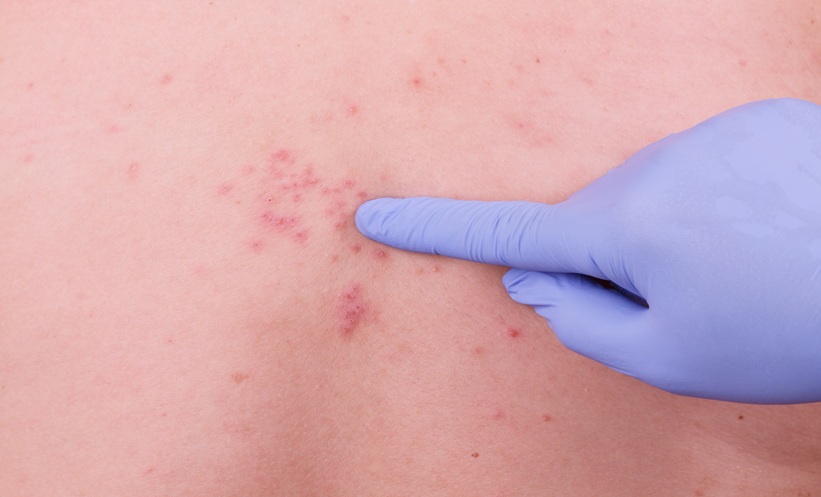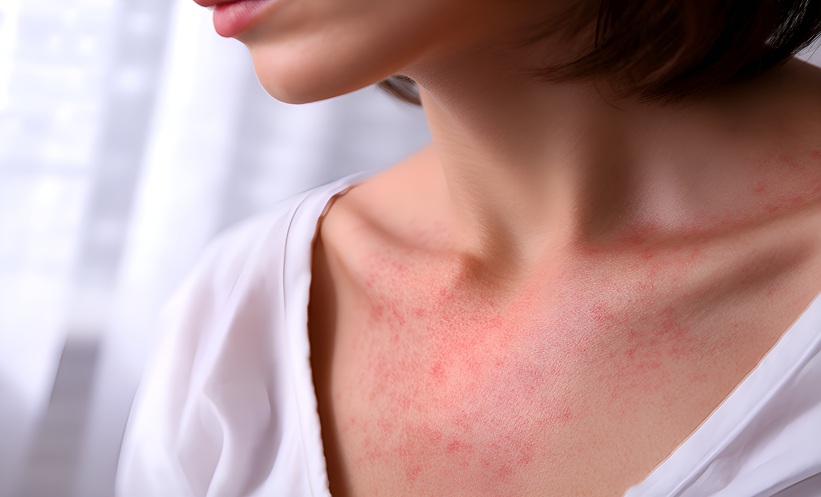EMERGING immunotherapies are transforming the treatment landscape for pemphigus and bullous pemphigoid, two distinct autoimmune blistering skin diseases marked by pathogenic autoantibodies and significant patient burden.
In a recent review, researchers examined advances in biologic and immune-targeted therapies that are helping overcome the limitations of conventional glucocorticoids and immunosuppressants. The authors detail how pemphigus, defined by intraepidermal blistering from anti-desmosome antibodies, and bullous pemphigoid (BP), driven by antibodies at the epidermal–dermal junction, respond to evolving immunotherapy approaches tailored to their unique pathogenic pathways.
Rituximab, a monoclonal antibody targeting CD20-positive B lymphocytes, is now approved as first-line therapy for pemphigus and has led to improved clinical outcomes and sustained remission rates. Meanwhile, increasing recognition of type 2 inflammation’s role in BP has paved the way for interleukin-targeted therapies. Dupilumab, which blocks the interleukin-4 receptor, has demonstrated compelling results in treatment-refractory BP, offering hope to patients who do not respond adequately to steroids or traditional immunosuppressants.
The review also highlights ongoing efforts to refine patient-specific treatment strategies and to better understand mechanisms of resistance. While biologics have shown clear efficacy, the authors emphasize the need for standardized treatment protocols and expanded clinical studies to guide optimal use in both pemphigus and BP.
These findings underscore a growing paradigm shift, one in which immune-modulating therapies offer safer, more effective, and more durable treatment options for autoimmune blistering diseases that were once difficult to manage long term.
Reference:
Xu C et al. Immunotherapy for pemphigus and bullous pemphigoid. Curr Opin Immunol. 2025;95:102591.







